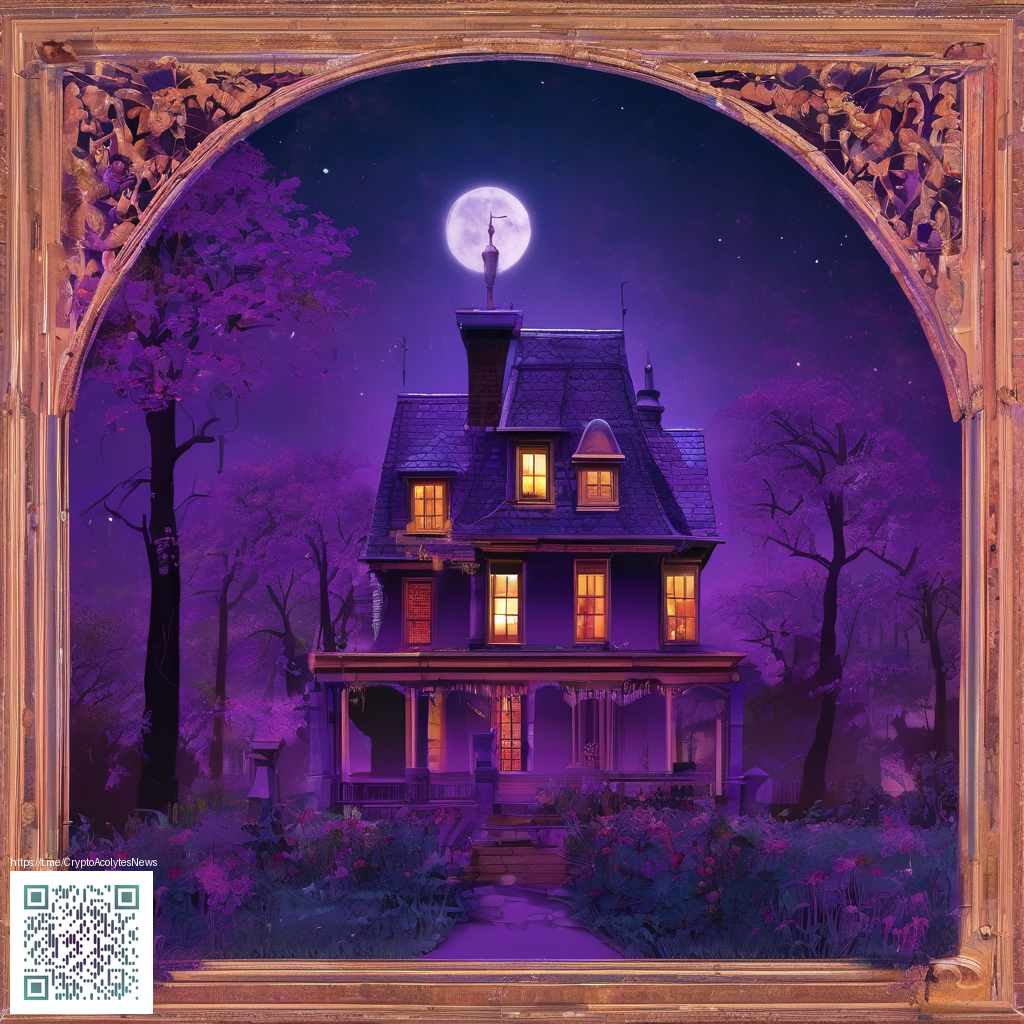
Enhancing Digital Scrapbooks with Layering and Texture
Digital scrapbooking thrives when pages feel alive, almost tactile, inviting the viewer to lean in and explore each layer. Depth isn’t just about stacking photos; it’s a deliberate choreography of elements that leads the eye, tells a story, and invites interaction. By thinking in layers, textures, and subtle light, you can transform flat compositions into immersive mini-futures of memory.
Layering as a Narrative Tool
Think of your scrapbook page as a stage with multiple actors: the main photo, supporting images, text blocks, and decorative accents. Each layer can carry meaning, value, or mood. Start with a strong base photo, then add secondary images at varying opacities to imply timeline shifts or different perspectives. Overlay translucent papers or digital stamps to suggest era, atmosphere, or a shifting mood. When done thoughtfully, layers guide the viewer’s journey—much like flipping through a physical album, but with the speed and flexibility of digital media.
- Base layer: The focal photo or collage that anchors the page.
- Context layers: Small images or notes that add backstory without overpowering the main image.
- Decorative layers: Textures, frames, or doodles that create rhythm and movement.
- Opacity play: Vary transparency to create depth without clutter.
Depth emerges when every element earns its place. If a layer doesn’t enhance the story, it’s simply noise on the page.
Texture as Storytelling
Texture is the bridge between the digital and the tactile. Subtle grain, fabric patterns, or paper textures can evoke memories and sensations that images alone cannot. When you introduce texture—whether through a simulated linen background, a stitched edge, or a torn-paper overlay—readers feel the page before they consciously analyze it. Use texture to anchor nostalgia, to separate moments, and to add a sense of squashy coziness or crisp modernity, depending on the story you’re telling.
For example, pairing a glossy photograph with a soft fabric texture can signal a contrast between memory’s immediacy and the warmth of recollection. Texture layering should be deliberate: each texture has a voice, and together they compose a richer, more dimensional narrative.
Color, Light, and Shadow to Create Depth
Color choices and lighting cues are powerful depth accelerators. Cool tones recede, warm tones advance, and a well-placed vignette can push a focal moment forward. Experiment with soft shadows around photo edges to lift elements off the background, or use slightly tinted overlays to unify disparate pages while preserving individual moments. The goal is cohesion with contrast: depth that feels natural, not forced.
When you design, consider how light falls across layers. A gradient that subtly shifts from bright to dim across a montage can simulate a gentle, cinematic sweep, guiding the viewer’s gaze from one memory to the next. The result is a page that reads like a well-composed photo essay rather than a simple grid of images.
Practical Techniques for Digital Scrapbooks
To translate depth into your workflow, try a few reliable techniques:
- Plan a depth map: Sketch a rough arrangement of layers from back to front before you start placing elements.
- Use soft shadows and feathered edges: Subtle shadows create separation without harsh lines.
- Incorporate journaling blocks: Handwritten-style text or callouts tucked under translucent overlays can deepen meaning.
- Texture plays in small doses: One or two textured accents per spread can do more than a dozen noisy elements.
- Interactive touches for screen readers: Where possible, add alt text and meaningful structure so depth doesn’t come at the expense of accessibility.
As you navigate on-the-go content creation, you might appreciate a hands-free option to steady your device while planning a layout or capturing moments. The Phone Grip Kickstand Click-On Holder can be a quiet ally in your toolkit, enabling stable filming or quick jotting of captions without interrupting your creative flow. It’s a small accessory with the potential to boost the quality of your digital scrapbook process.
For an example of a thoughtful, layered approach, explore the inspiration page and observe how depth is built through content and texture. See it here: https://emerald-images.zero-static.xyz/f3e3d9b0.html.